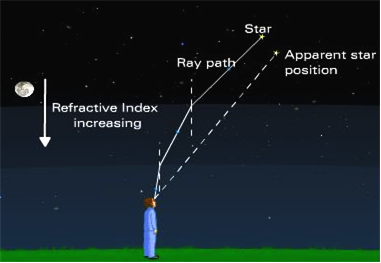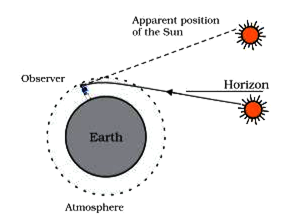 Short Answer Type
Short Answer TypeAn object of height 2.5 cm is placed at a distance of 15 cm from the optical centre ‘O’ of a convex lens of focal length 10 cm. Draw a ray diagram to find the position and size of the image formed. Mark optical centre ‘O’, principal focus F and height of the image on the diagram.
 Long Answer Type
Long Answer TypeWhat is placenta? Describe its structure. State its functions in case of a pregnant human female.
Define evolution. How does it occur? Describe how fossils provide us evidences in support of evolution.
It is desired to obtain an erect image of an object, using concave mirror of focal length of 12 cm
(i) What should be the range of distance of an object placed in front of the mirror?
(ii) Will the image be smaller or larger than the object. Draw ray diagram to show the formation of image in this case.
(iii) Where will the image of this object be, if it is placed 24 cm in front of the mirror ? Draw ray diagram for this situation also to justify your answer.
Show the positions of pole, principal focus and the centre of curvature in the above ray diagrams.
(a) Define optical centre of a spherical lens.
(b) A divergent lens has a focal length of 20 cm. At what distance should an object of height 4 cm from the optical centre of the lens be placed so that its image is formed 10 cm away from the lens. Find the size of the image also.
(c) Draw a ray diagram to show the formation of image in above situation.What is atmospheric refraction? Use this phenomenon to explain the following natural events:
a) Twinkling of stars
b) Advanced sunrise and delayed sunset
Draw diagrams to illustrate your answer.
Atmospheric refraction is the refraction of light caused by the earth's atmosphere due to change in the refractive indices of different layers of the atmosphere.
a) Twinkling of stars: Stars are distant point sourced sources of light. The path of the rays of light comig f=coming from the distant star goes on varying due to atmospheric refraction slightly. Thus, apparent position of the star fluctuates and the amount of star light entering the eye flickers giving the twinkling effect.
b) Advanced sunrise: When the sun is slightly below the horizon, light rays coming from the sun travel from rarer to denser layers of air. As a result of the atmospheric refraction of light. light appears to come from a higher position above the horizon. Therefore, the sun appears earlier than actual sunrise.
Delayed sunset: During sunset, the apparent position of the sun is visible to us and not the actual position due to the same bending of light rays effect. Therefore, because of refraction, we see the sunset afterwards although it has actually moved from its position.
